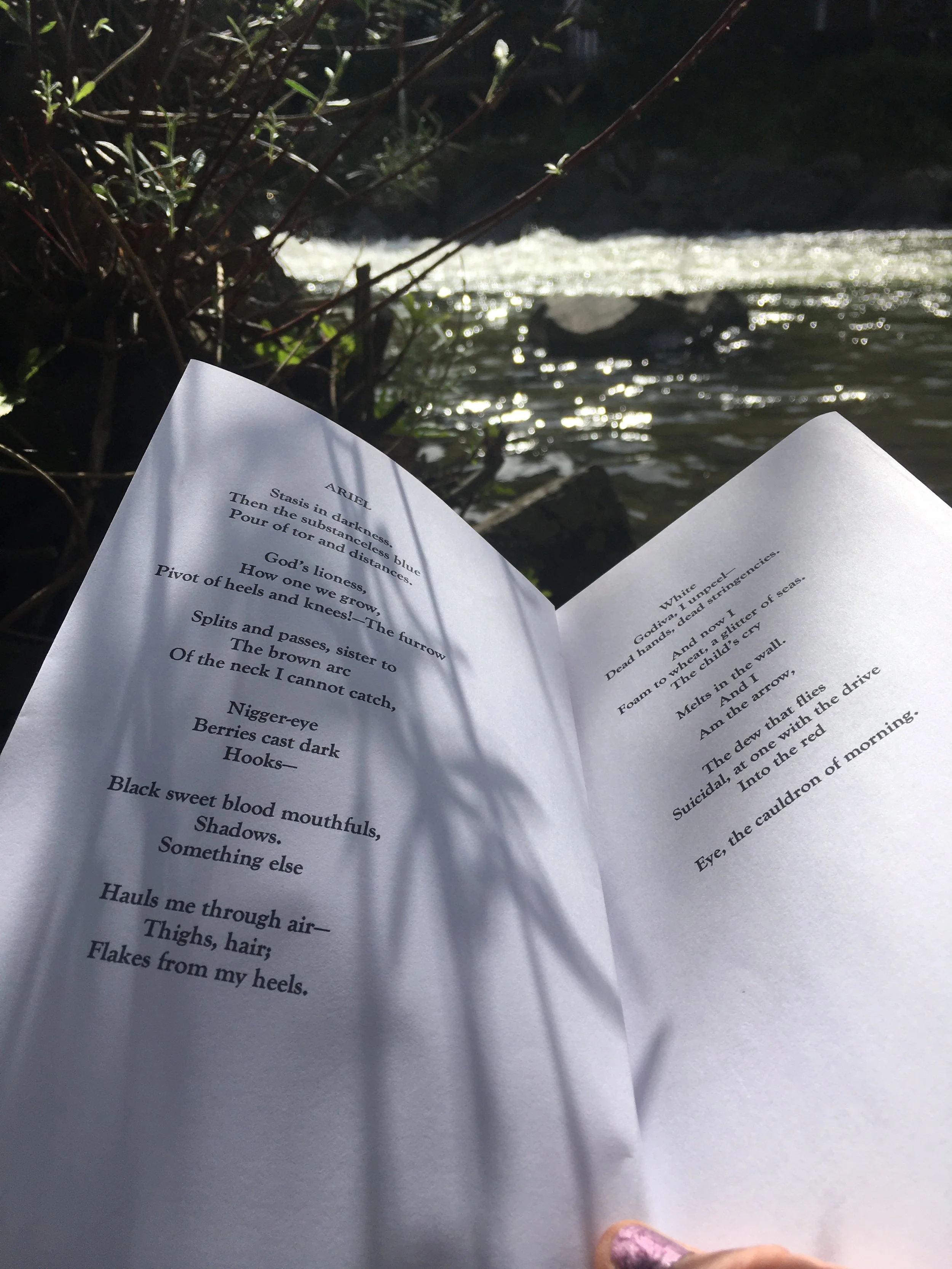Writing Poetry
/In two of the Wild Words online courses this week, participants were asked to write a poem.
The few who felt poetry to be their drug of choice beamed from ear to ear, but the majority embodied the caged writer perfectly, as they froze and sunk in their chairs. The idea of engaging with poetry can fill us with dread. As writers, we often aspire to the lofty heights of the poet, but also, as one participant observed, poetry can make me feel stupid, embarrassed, because I don’t understand it. If I’m honest, I’m not even sure what a poem is. So, poetry treads a fine line between being of the greatest worth, and simultaneously, worthless. So, how to face down your fear of the wild words species that is poetry? The first thing to realise is that it’s a worthwhile genre to practice, even if the animal that is your current writing project inhabits the far-distant terrain of prose.
Possibly because they are small, poems bring into close focus many of the skills that we want to hone as writers.
These include precision, clarity, metaphor, sensory impressions, rhythm and pace.
Writing poetry is useful because it’s like putting a magnifying glass to our processes as writers. All our fears appear in sharp relief. No wonder we don’t want to do it! Ever heard the saying -where there is fear, dig there? That was never truer than with poetry. Discomfort, if we can stay steady and work with it, is the source of greatest learning.
Choosing to write formal poetry, with its rules about rhyme and meter, is a great place to explore the ideas of ‘caged’ and ‘wild’, form and content in writing. Prescriptive guidelines may initially seem to cage your expression and limit the creative flow. However, it’s within your power to transform that cage into a supportive container and a gateway to freedom.
Go outside. Find something that moves, or is moved.
For example, an animal that runs, grass blown by the wind, or leaves swirled in water. Observe the pace and rhythm of the subject, until you feel those rhythms in your body. Then, allow those rhythms to move up and out of your body, to flow on to the page.
Play with ways of conveying how your subject moves: For example: do short or long sentences (or a mixture of both) bring it alive most strongly? Perhaps onomatopoeia - words that sound like or imitate the source of the subject they describe- has a role to play? Think of the ‘slither’ of the snake, or the ‘miaow’ of the cat.
You might even like to go one step further and create a concrete poem?
Try laying out the poem in the shape of your subject, and then see how this affects the rhythm of the reading.
First published November 2nd 2014











Winter Solstice Competition Runner-up: Hannah Ray, with You Were Born in a Pandemic